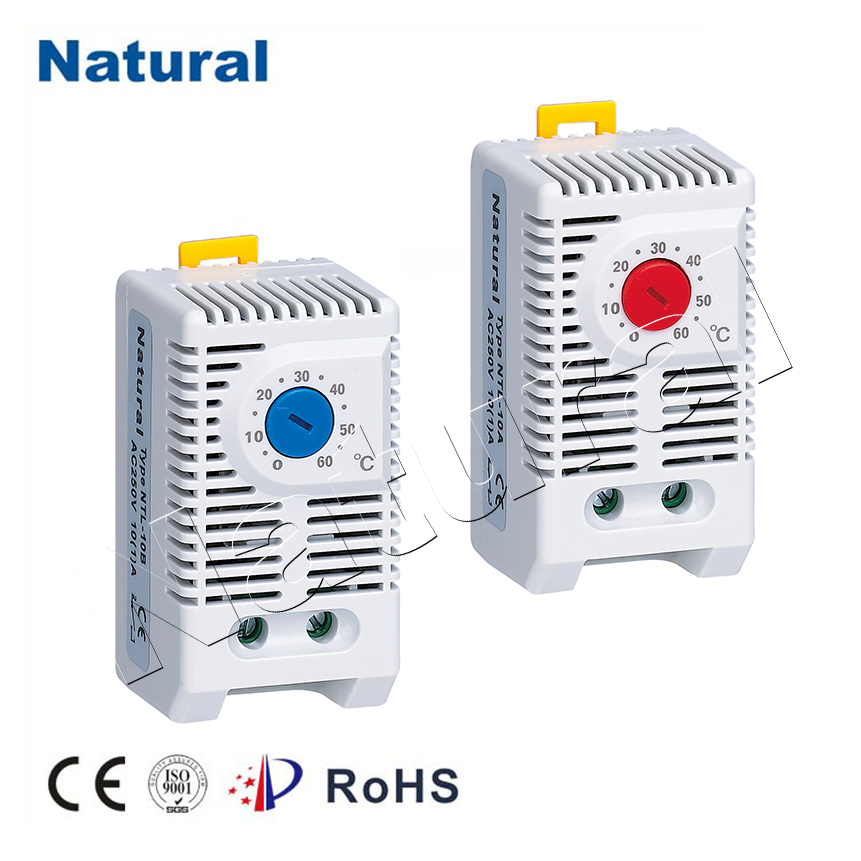In the realm of modern comfort and energy efficiency, the wall thermostat stands as an inconspicuous yet pivotal device. With its ability to regulate indoor temperatures, the wall thermostat has undergone a remarkable evolution, transforming from a basic control mechanism to a sophisticated smart device that not only ensures our comfort but also aids in reducing energy consumption and costs.

The Beginnings of Temperature Control:The concept of controlling indoor temperatures dates back centuries, with early civilizations employing rudimentary methods like opening windows or stoking fires. However, it wasn’t until the late 19th century that the first thermostat, known as the “damper flapper,” was invented by Warren S. Johnson. This simple device, which utilized a mercury switch to control furnace dampers, marked the initial step toward automated temperature regulation. The Rise of Programmability:Advancements in technology during the 20th century brought about more sophisticated thermostats. Programmable thermostats emerged in the 1970s, allowing users to set different temperature levels for various times of the day. This innovation not only increased comfort but also led to energy savings, as heating or cooling could be adjusted based on occupancy patterns. Smart Thermostats:The true revolution in thermostat technology arrived with the advent of smart thermostats. These devices, typically connected to the internet and controllable via smartphones or voice assistants, brought unprecedented levels of convenience and energy efficiency. Smart thermostats learn from users’ behaviors and adjust temperatures accordingly, optimizing comfort while minimizing energy wastage. Features and Benefits:Modern wall thermostats, especially smart ones, offer a plethora of features that cater to different preferences and lifestyles. These include: Remote Control:Smart thermostats enable users to control their home’s temperature remotely. Whether you’re at work, on vacation, or just in another room, adjusting the temperature is as easy as a few taps on your smartphone. Learning Algorithms:Some smart thermostats incorporate advanced algorithms to learn your daily routines. Over time, they anticipate temperature changes and adjust settings to maintain comfort without manual intervention. Energy Reports:Many smart thermostats provide energy usage reports, giving homeowners insights into their consumption patterns. This information empowers users to make informed decisions about energy conservation. Geofencing:By using your smartphone’s location, smart thermostats can detect when you’re approaching home and adjust the temperature accordingly. This ensures your home is comfortable upon your arrival. Compatibility:Smart thermostats are often compatible with other smart home devices, allowing for seamless integration and comprehensive home automation. Impact on Energy Efficiency:The integration of smart technology into thermostats has significantly contributed to energy efficiency. By optimizing temperature settings based on usage patterns and external conditions, these devices can lead to substantial reductions in energy consumption. This, in turn, lowers utility bills and reduces the overall carbon footprint, making smart thermostats a valuable tool in the fight against climate change. Challenges and Future Prospects:While the benefits of smart thermostats are undeniable, challenges do exist. The initial cost of purchasing and installing these devices might deter some users. Additionally, there are concerns about data privacy and security due to the devices’ internet connectivity. However, as technology advances and awareness grows, these challenges are likely to be addressed. Looking ahead, the future of wall thermostats seems promising. Continued integration with artificial intelligence and the Internet of Things (IoT) will likely lead to even more intuitive and energy-efficient devices. As the world becomes increasingly focused on sustainability, smart thermostats are poised to play a crucial role in creating smarter, greener homes. Conclusion:From its humble beginnings as a mercury switch to the current era of smart technology, the wall thermostat has journeyed far, shaping how we experience indoor comfort and manage energy consumption. The convenience, energy efficiency, and potential for further innovation make the wall thermostat an essential component of modern living, illustrating how technology can truly enhance our quality of life while benefiting the planet.